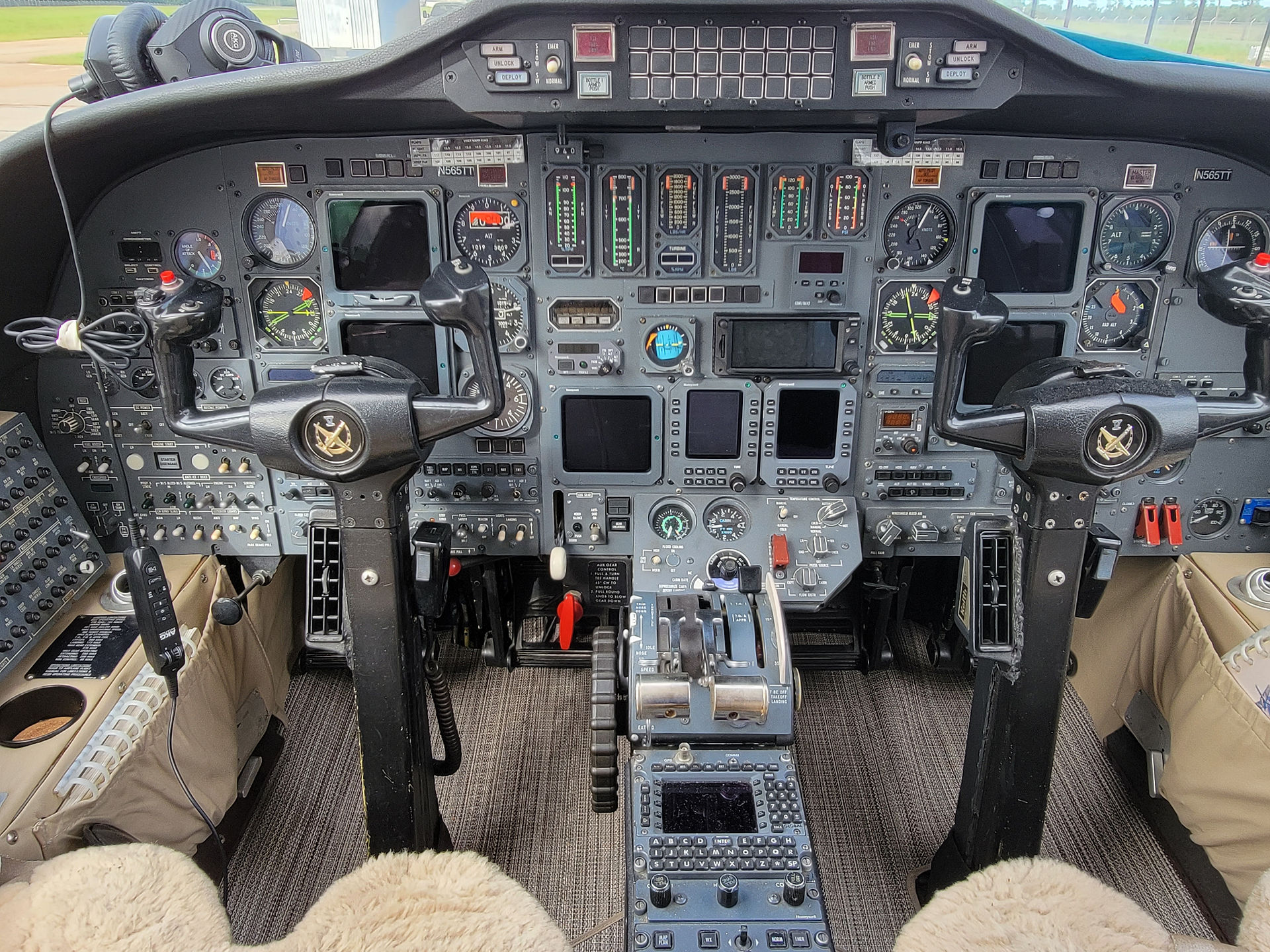
SARASOTA AERO
Soar with Experts
941-681-0009
Learn To FLY Here!
Commercial Pilot Program
Requirements for Commercial Pilot:
-
Be at least 18 years of age.
-
Be able to read, write, and converse fluently in English.
-
Hold a current FAA medical certificate.
-
Demonstrate flight proficiency (FAR 61.127). You must receive and log training, and obtain a logbook sign-off (endorsement) from your CFI on the following areas of operation:
-
Preflight preparation
-
Preflight procedures
-
Airport and seaplane base operations
-
Takeoffs, landings, and go-arounds
-
Performance maneuvers
-
Ground reference maneuvers
-
Navigation
-
Slow flight and stalls
-
Emergency operations
-
High-altitude operations
-
Post flight procedures
-
You will demonstrate a greater precision in flying, flight planning and understanding federal regulations, as well as a greater knowledge of weather and aircraft systems.
-
Pass the FAA commercial pilot knowledge test with a score of 70% or better.
-
Accumulate flight experience (FAR 61.129).
-
You must log at least 250 hr. of flight time as a pilot that consists of at least:
-
100 hr. in powered aircraft, of which 50 hr. must be in airplanes
-
100 hr. as pilot in command flight time, which includes at least: 50 hr. in airplanes
-
50 hr. in cross-country flight of which at least 10 hr. must be in airplanes
-
-
20 hr. of training in the areas of operation listed below, including at least:
-
10 hr. of instrument training of which at least 5 hr. must be in a single-engine airplane
-
10 hr. of training in an airplane that is turbine, complex, or is a technologically advanced aircraft
-
One cross-country flight of at least 2 hr. in a single-engine airplane in day-VFR conditions, consisting of a total straight-line distance of more than 100 NM from the original point of departure
-
One cross-country flight of at least 2 hr. in a single-engine airplane in night-VFR conditions, consisting of a straight-line distance of more than 100 NM from the original point of departure
-
3 hr. in a single-engine airplane in preparation for the practical test within the 60 days preceding the test
-
-
10 hr. of solo flight in a single-engine airplane training in the areas of operation required for a single-engine rating, which includes at least: One cross-country flight of not less than 300 NM total distance, with landings at a minimum of three points, one of which is a straight-line distance of at least 250 NM from the original departure point In Hawaii, the longest segment need have only a straight-line distance of at least 150 NM.
-
5 hr. in night-VFR conditions with 10 takeoffs and 10 landings (with each landing involving a flight in the traffic pattern) at an airport with an operating control tower
-
-
-
Hold an instrument rating or your commercial certificate will be endorsed with a prohibition against carrying passengers for hire on flights beyond 50 NM or at night.